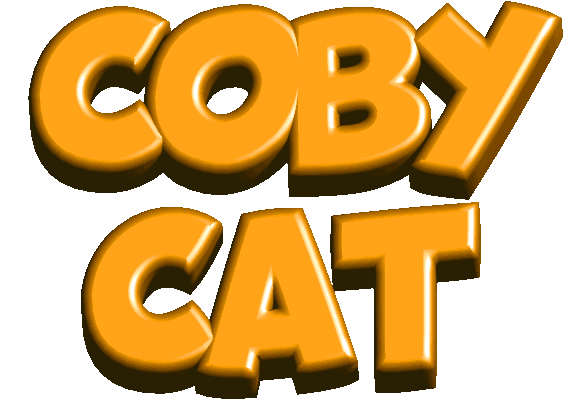Cowboy villages in Belgium

Our story starts, paradoxically enough, with the 1958 World’s Fair in Brussels—better known as Expo 58. It was not only a showcase of modernity and progress, but also ignited a deep fascination with spectacle, foreign cultures, and themed worlds.
One of the more unexpected legacies of that cultural moment was the rise of “cowboy villages” in Belgium: leisure parks, hobbyist settlements, and backyard projects that reimagined the American Wild West in the Flanders' fields. The direct inspiration were the American rodeo shows in the style of Buffalo Bill, performed during the expo. In 1959, Texas City opened in Tremelo—the first of many such villages, and by now one of the last survivors.
American culture made deep inroads into Belgian life. Western films and television shows painted a vivid, romantic picture of cowboys, dusty saloons, and frontier justice. Comic artist Willy Vandersteen began adapting Karl May’s Western stories as comics in 1962, and around the same time Bonanza finally reached Belgian television.
Texas City, Tremelo
As mentioned, Texas City was the first (that we know of, at least). During the World’s Fair, a rodeo show was held near the Teichmann Bridge in Schaarbeek: a Western village set up in a large tent, featuring 60 cowboys, 40 cowgirls, and 60 Sioux. The famous rodeo cowboy Casey Tibbs was the main attraction.

New York Times article from 1958
Wild West in Brussels
Rodeo for World's Fair Will Be Held in a Plastic Tent.
BRUSSELS, Belgium, June 7 (AP)—The Wild West landed in Belgium today. Seventy-six cowboys and cowgirls arrived on a chartered plane and fifty horses, fifteen buffalo, forty steers and other stock were unloaded from a freighter at Antwerp and brought here by truck.
They belong to a Wild West and rodeo show brought here in connection with the World's Fair. Tomorrow another plane will bring fifty-five Indians from South Dakota.
The show starts June 18 in a specially built plastic tent seating 10,000.

Sometime after its premiere on June 18th, bad weather wrecked the tent and forced the cancellation of further performances. The organizing company went bankrupt. Blacksmith Marcel Kesterman purchased some of the props and hired several of the stranded performers. In his hometown of Tremelo—best known as the birthplace of Father Damien—he constructed Texas City.
One weird anecdote is that in 1967, a lip-synced performance by The Who was filmed in Texas City, to use as a clip on Belgian TV.
In 2024, the site was finally recognized as a protected heritage location—though many of its buildings had already been demolished due to zoning and permit issues. Its protected status now shields it from further demolition.

El Paso, Wuustwezel
One of the more well-known cowboy villages is El Paso in Wuustwezel, a meticulously built Western town created and maintained by volunteers. It originated in 1974 as a splinter group from the now-defunct Frontier City. In fact, Wuustwezel once hosted three other Western clubs—Texas, Hole in the Wall, and Dallas. For a municipality with just over 20,000 inhabitants today, that’s a testament to how ubiquitous cowboy villages once were.
While promoting his film The Good, the Bad and the Ugly, Sergio Leone visited Belgium. While he did not visit El Paso, the El Paso cowboys welcomed him at the station of Brussels South with some gunplay, and later their band played Morricone's music at his hotel.
Comic book artist Karel Biddeloo, who took over Vandersteen’s The Red Knight, was known as Johnny Rebel at El Paso (and earlier at the Arizona Ranch in Halle-Zoersel), and he even met his wife, Ursula Lundmark, there. Another notable regular was Willy De Groot, a prominent Hollywood reporter for Story magazine.
Even after the golden age had passed, El Paso remained a local curiosity and was often covered by regional television. It also faced threats of demolition due to zoning violations. In 2007, a judge ruled against the village. After a long legal battle, the municipality rezoned the 8,000-square-meter site as a recreational area, on the condition that it would be renovated. That’s when the current owners, who had experience managing Frontier City, stepped in.
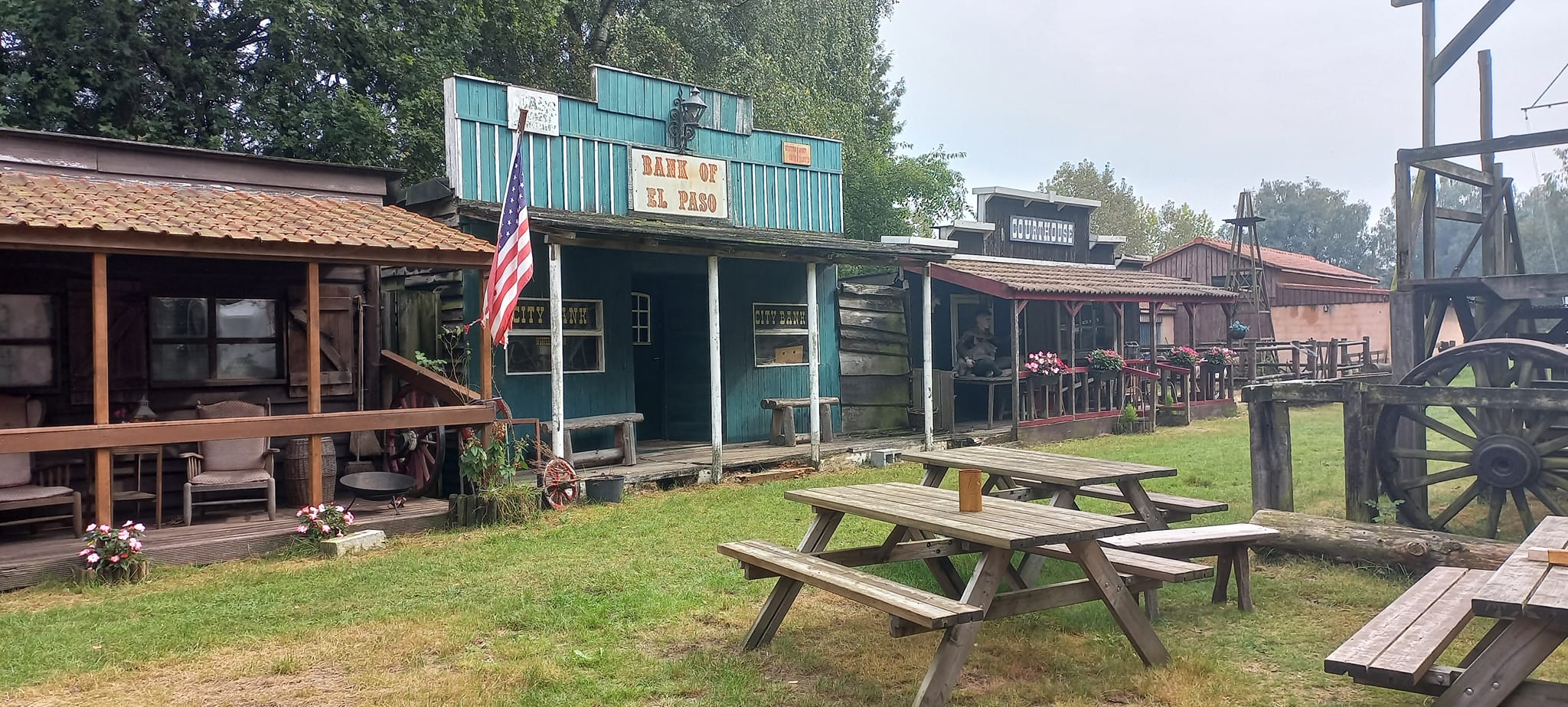
Western City, Chaudfontaine
This is the only known surviving cowboy village in the French-speaking part of Belgium, located in Chaudfontaine—the town best known as the source of the eponymous water brand (now owned by Coca-Cola).
It was founded in 1962 by Alexis Luthers and his son Richard, and slowly grew throughout the decades.
The cowboys of Western City, led by a man known as Johnny Flash, once performed at the royal palace for King Baudouin in the 1960s. Yes, the Belgian love for Westerns was truly universal.
Judging from recent news articles, Western City succeeded by becoming a more commercial, tourism-centered experience (after a change of ownership in 1993). It now features a Tex-Mex restaurant, guest lodges, and a large event hall for team-building and corporate events. The two Flemish villages, by contrast, focus solely on local events like first communion parties and serve occasionally as film locations.
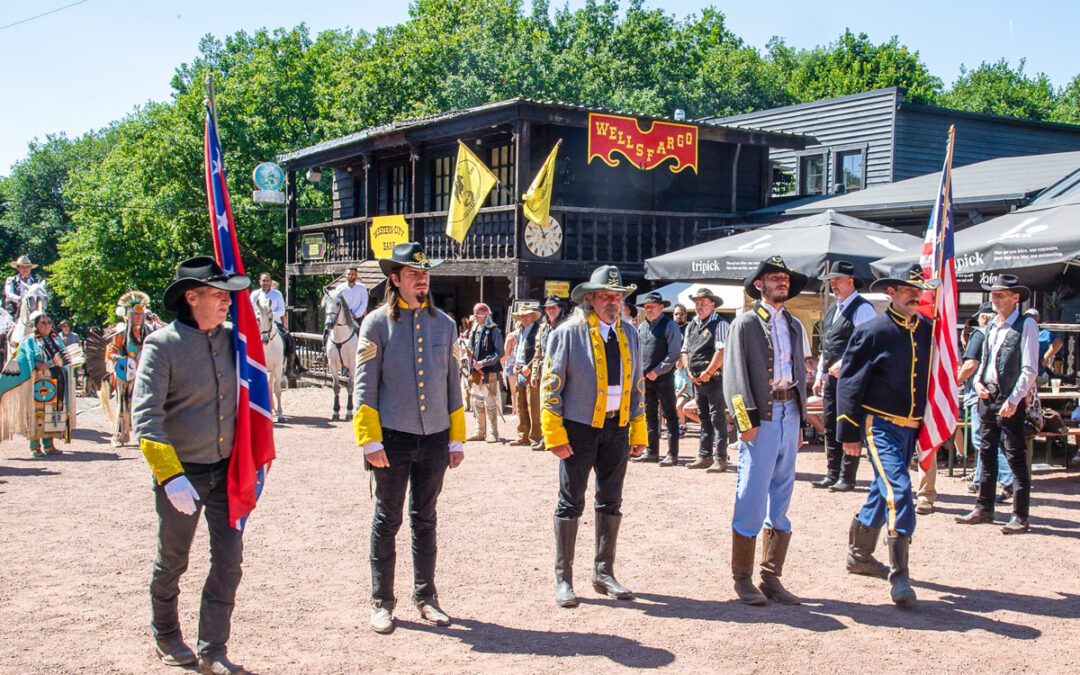
The Old Farm, Noorderwijk
The three I mentioned before are the ones I see written about in news articles as the last survivors. But hang on, that can't be true! I visited another cowboy village myself several times for flea markets in the not so distant past, even had a drink in their saloon, and when I looked it up, I found it’s still operating! They seem to be regularly hosting camps on the meadow next to their village.
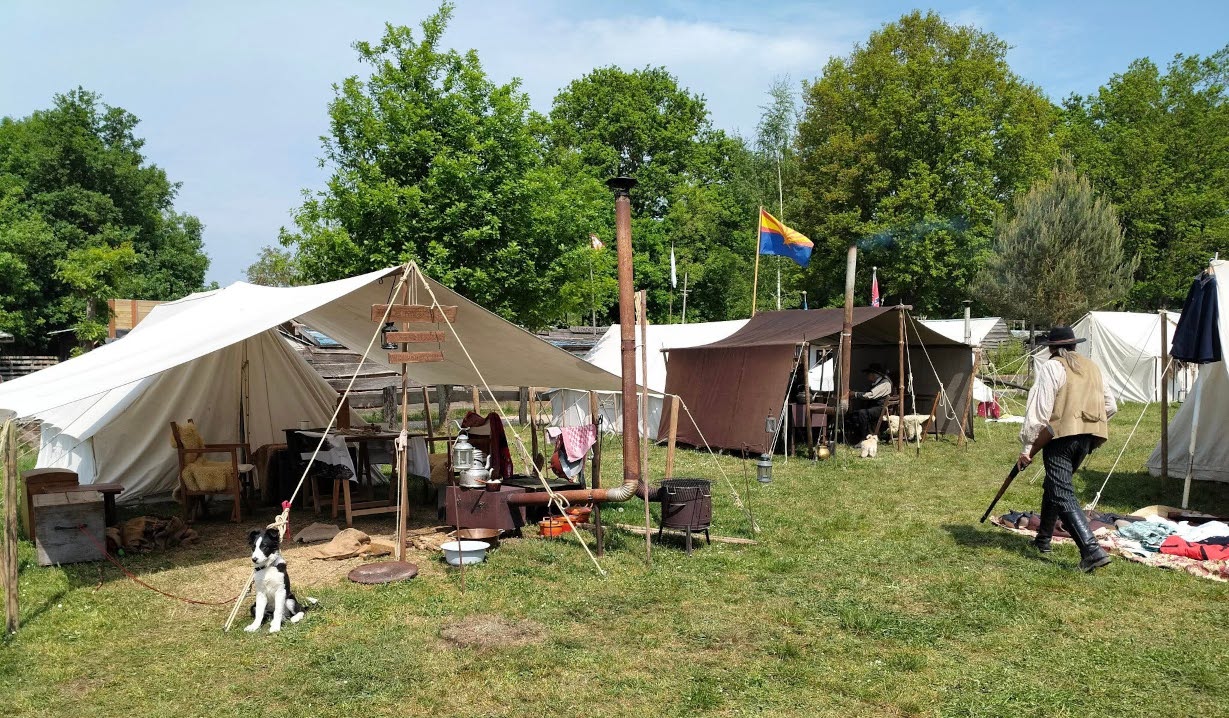
Pony Express, Grote-Brogel
Though smaller than a full village, this site includes a saloon and stables—as the name suggests. Founded in 1986 for historical reenactments, it still hosts some such events, but mainly caters to a broader public now. In fact, its recent success with team-building and event rentals led to an expansion of the saloon in 2024.
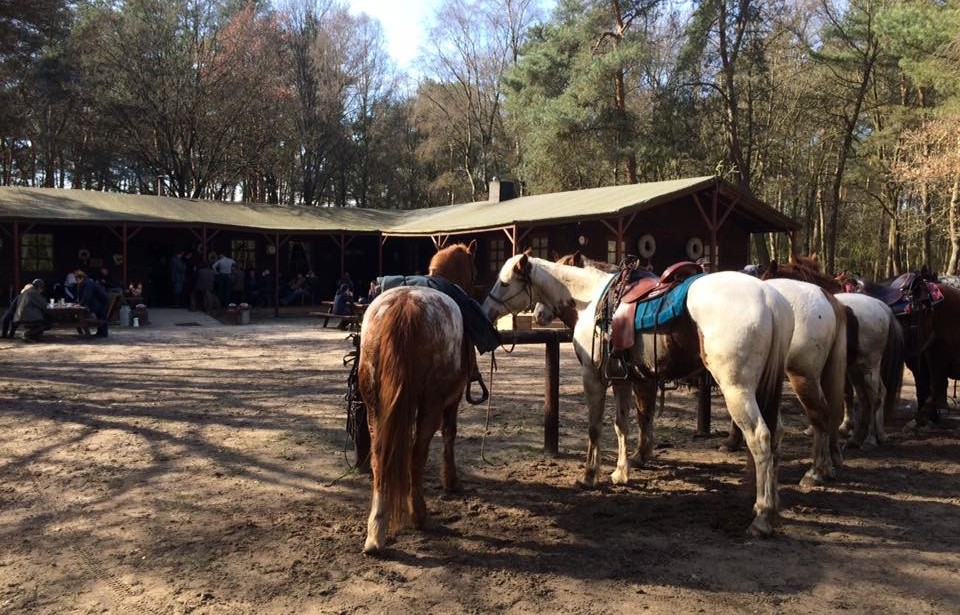
And the rest?
It’s entirely possible that other cowboy villages still exist under the radar, with little or no online presence.
Old news reports reveal the fate of some that didn’t survive:
- Willy “Valdez” Fikot, who ran Abilene Ranch in Schilde, died in a fire-related accident in 2002. Soon after, the ranch was demolished for construction violations.
- After a flood devastated Centennial City in Hoboken, it was declared uninhabitable. The land was later sold to a conservation group, who demolished the ruins and incorporated the area into a nature reserve.
- The Arizona Ranch in Zoersel is an unthemed tavern nowadays, despite its closure in 2004 being because the site was not zoned for the catering industry.
As this history shows, the golden age of Belgium’s cowboy villages is long past. Even at their height, they never reached the scale or cultural depth of Germany’s long-standing fascination with the American frontier. Still, despite the earnest corniness of it all and the sometimes problematic portrayals—especially of Indigenous peoples—these cowboy villages remain a fascinating relic. They reflect Belgium’s multifaceted admiration for American culture, filtered through pop culture, and offer a window into an interesting form of leisurely escapism.
Further reading
This is where I got a lot of my info. These sources are obviously only in Dutch, but go into way more detail than I have here (but are a lot more unfocused).
- The Last Westerners and Cowboy Villages of Belgium: Part one, two, and three (Humo).
- “What we do is so much more than playing cowboys and Indians”: even after fierce conflict, Cois (78) continues to build his western village in Wuustwezel (Gazet van Antwerpen).

